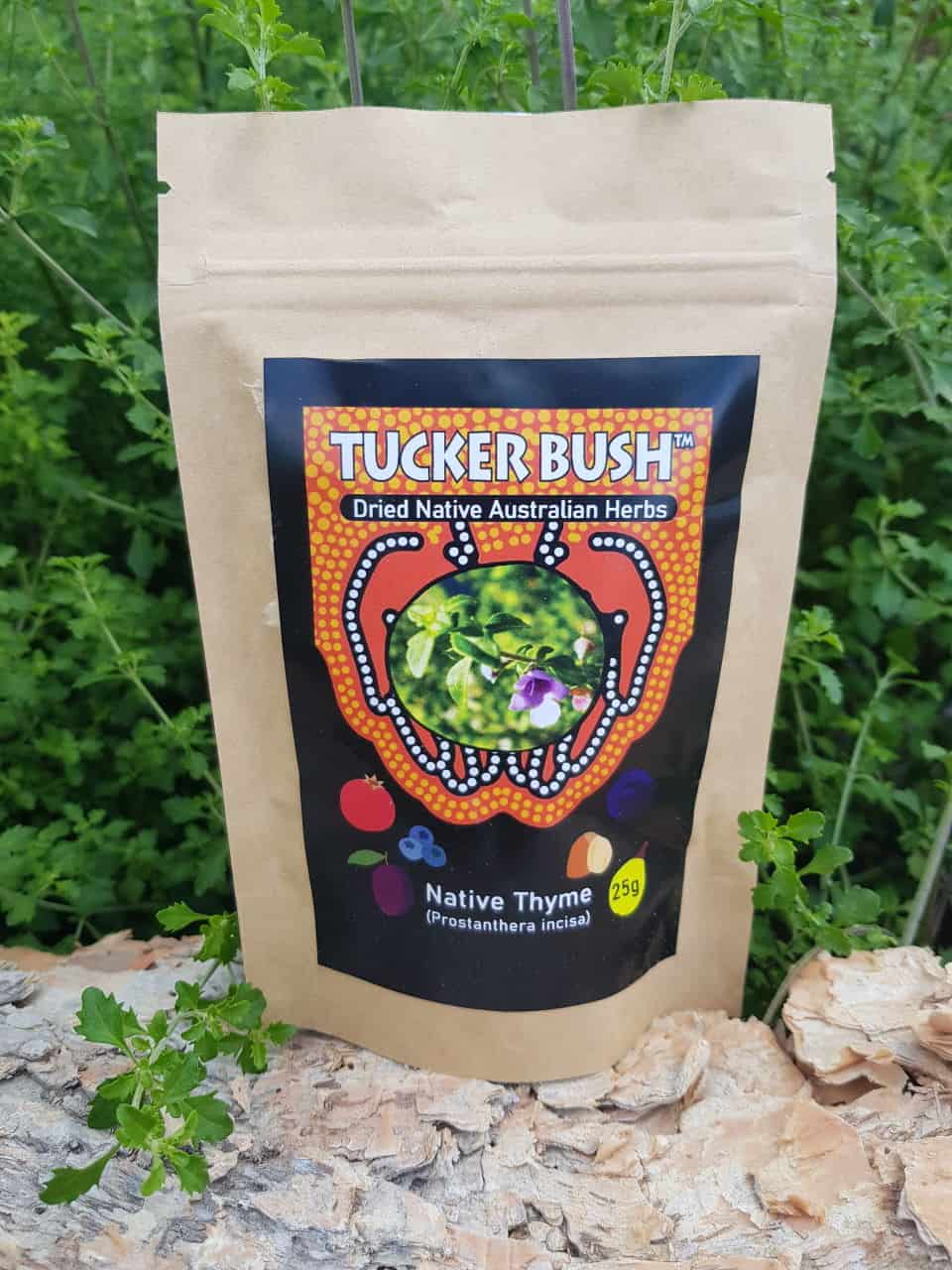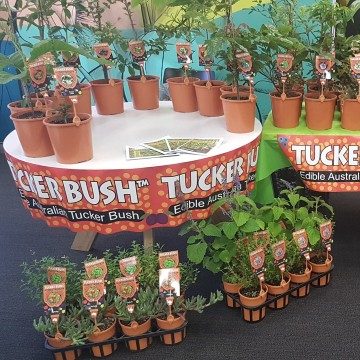The hydroponics world is full of new words and concepts that can easily turn away a time-poor newcomer. In this post, we aim to give entry level enthusiasts an easy entry point into soil-less bushfood gardening. No jargon or complicated concepts — just beginner-friendly basics and how to get started.
Hydroponic gardening involves cultivating plants in nutrient-enriched water instead of soil. It’s an ingenious solution for would-be bushfood gardeners who don’t have access to much backyard or balcony space. Hydroponic systems can be set up outdoors or in the home, home office, and even in the workplace, since they can be kept small and compact where needed.
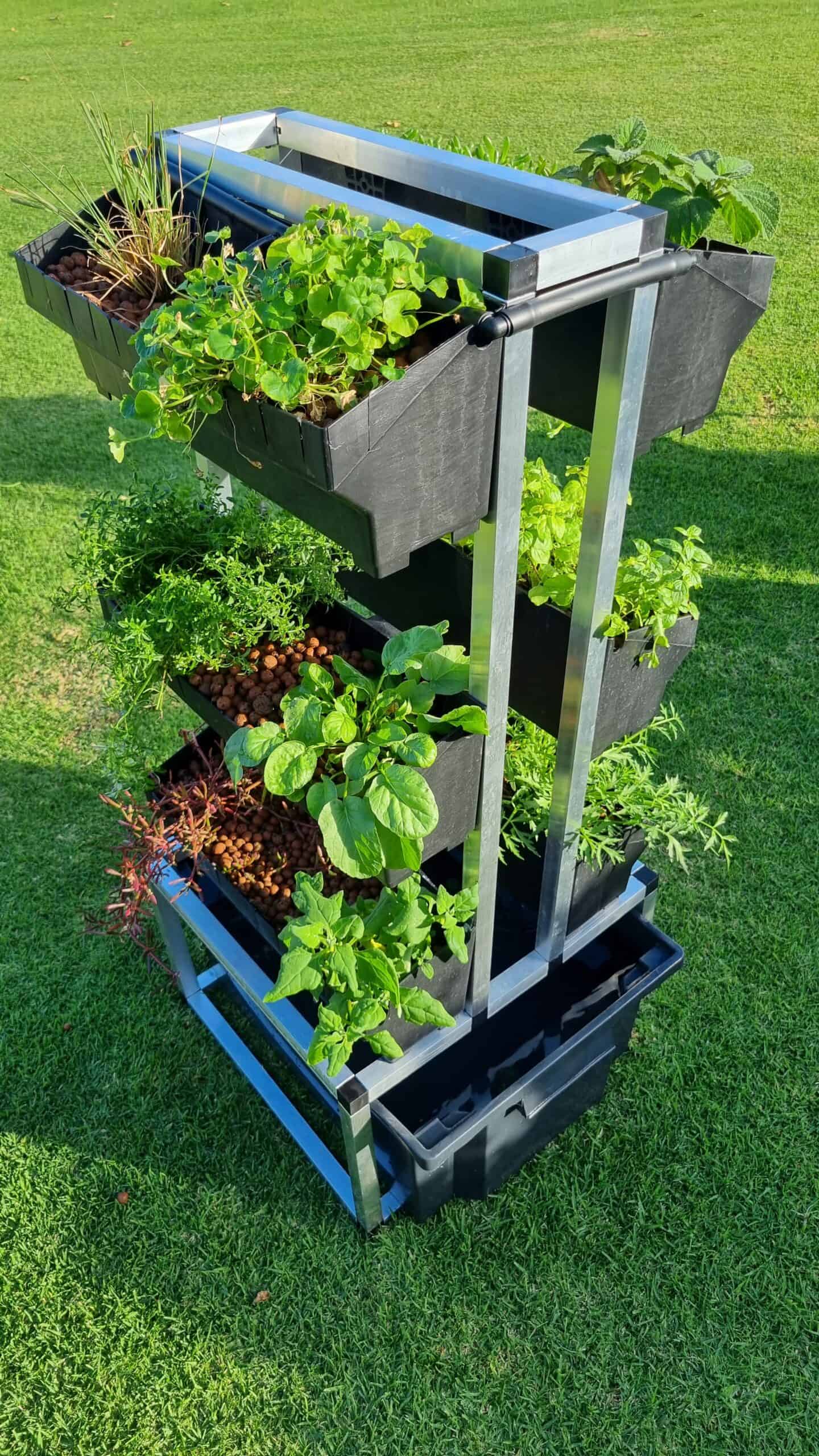
Essentials of hydroponic gardening
Plants
Not every bush tucker species will be suitable for hydroponic growing. Almost all of the well-known edible shrubs are too unwieldy for a home system, and native trees would need to reach too big a size before they’ll bear fruit.
Of course, anything is possible with enough effort, money and space. But if you’re just starting out or just wanting an ongoing supply of kitchen herbs, we recommend sticking to herbs, small vegetables, and succulents — the kinds of plants that belong in the Herb Layer of a micro–food forest.
Water + Nutrients
Water is the most important element of your hydroponic system. Enhanced by specially formulated store-bought (eg. Ag-Grow Grow) or homemade hydroponic plant food, it forms a nutrient solution providing all the nourishment your plants need to thrive. DO NOT use outdoor garden fertilisers (in liquid or solid form) as they’ll be too strong and contain the wrong nutrient ratios for hydroponic gardens.
Plain, clean water is usually at a pH level of 7. For hydroponics, we recommend keeping your water slightly acidic at a pH level of 5 or 6. This allows your plant roots to absorb the maximum amount of nutrients.
Light
If your growing space gets enough natural sunlight already, you won’t need artificial lighting. Otherwise, try to establish a *grow light* setup that mimics the conditions your plants require in their typical environment. Grow lights come in three types (from cheapest to most expensive):
- Incandescent
- Fluorescent
- High-intensity discharge
The best light for your setup can depend on the plants you’re growing, the stage of their life cycle, and the yield quantity you’re aiming for. But most beginner-level gardeners can get away with just a couple of well-placed fluorescent bulbs.
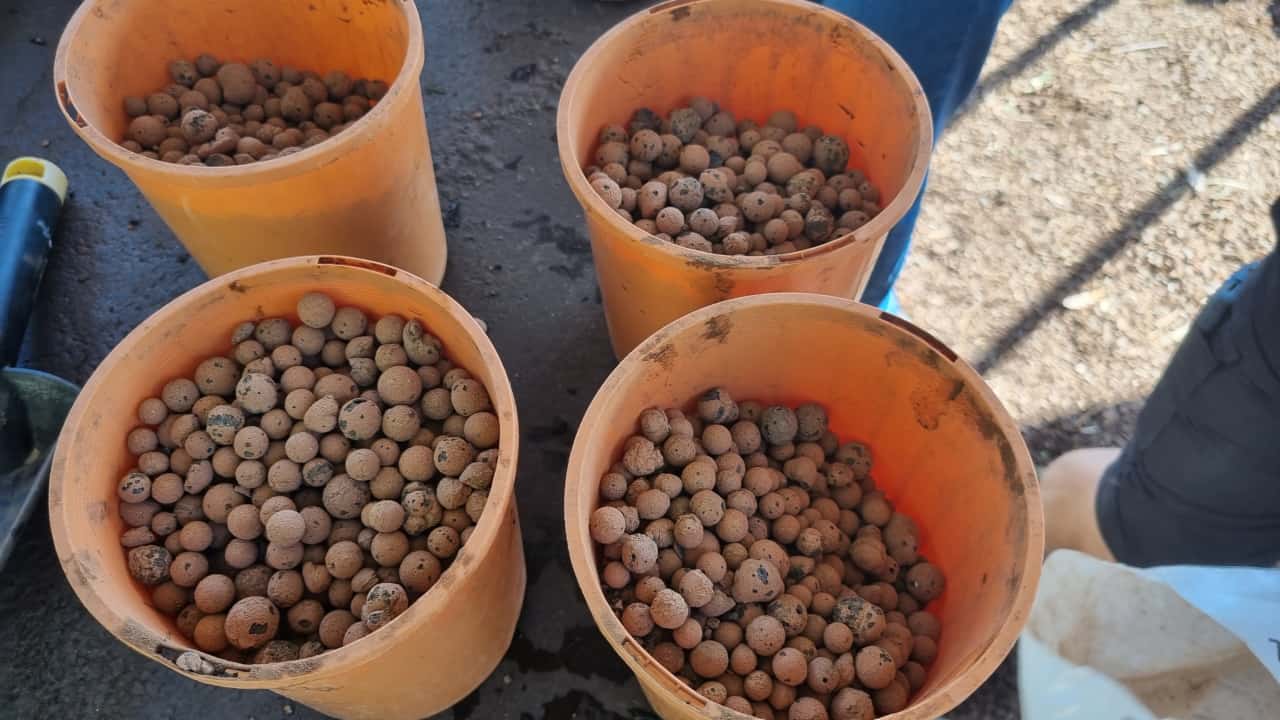
Growing medium (optional)
Some hydroponic setups include a *growing medium* like pea gravel, pebbles, sand, styrofoam, or fired clay. Growing medium is ideally inert (not reactive or oxidising), porous, washable, sterilisable, and pH neutral.
While not always necessary, a good growing medium can help with aerating plant roots, storing nutrients, stabilising water temperature, and keeping your plants upright and held in place.
Hydroponic setups for beginners
The hydroponic jar

The hydroponic jar is the quickest and cheapest setup you can put together. At its most simple, it involves a clean jar, a plant seedling or cutting, and a nutrient solution. If needed, you can add a growing medium to the bottom of the jar to help stabilise the plant. Water should be changed every two weeks.
Pros:
- Simple to set up and maintain
- Single jar very compact, fits on a kitchen bench or dining table
- Recycles household waste (jars)
- Low mess
Cons:
- Low yield
- More plants take up more space
All-in-one compact kits
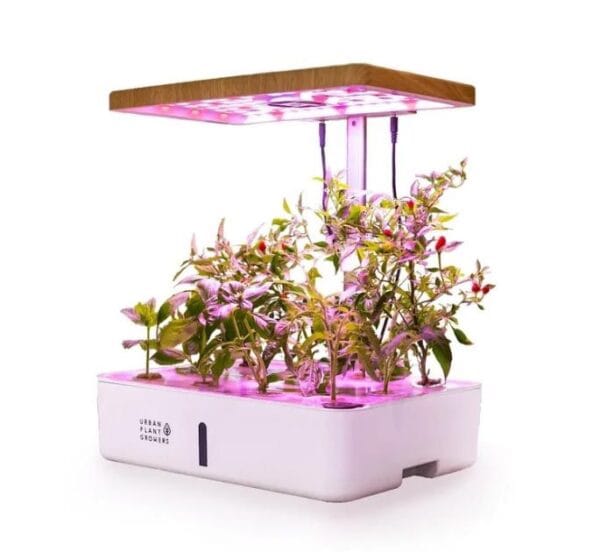
Small scale and water efficient, all-in-one grow kits are designed to conveniently fit into most kitchens and living rooms. They typically include a grow light and growing containers, and often come with a growing medium and seeds to get you started.
Pros:
- Compact, fits on a kitchen bench or dining table
- Simple to set up and maintain
- May have a programmable schedule
- Low mess
Cons:
- Needs power supply
- Can be expensive, depending on product
- All-in-one systems can be hard to repair
Recirculating systems
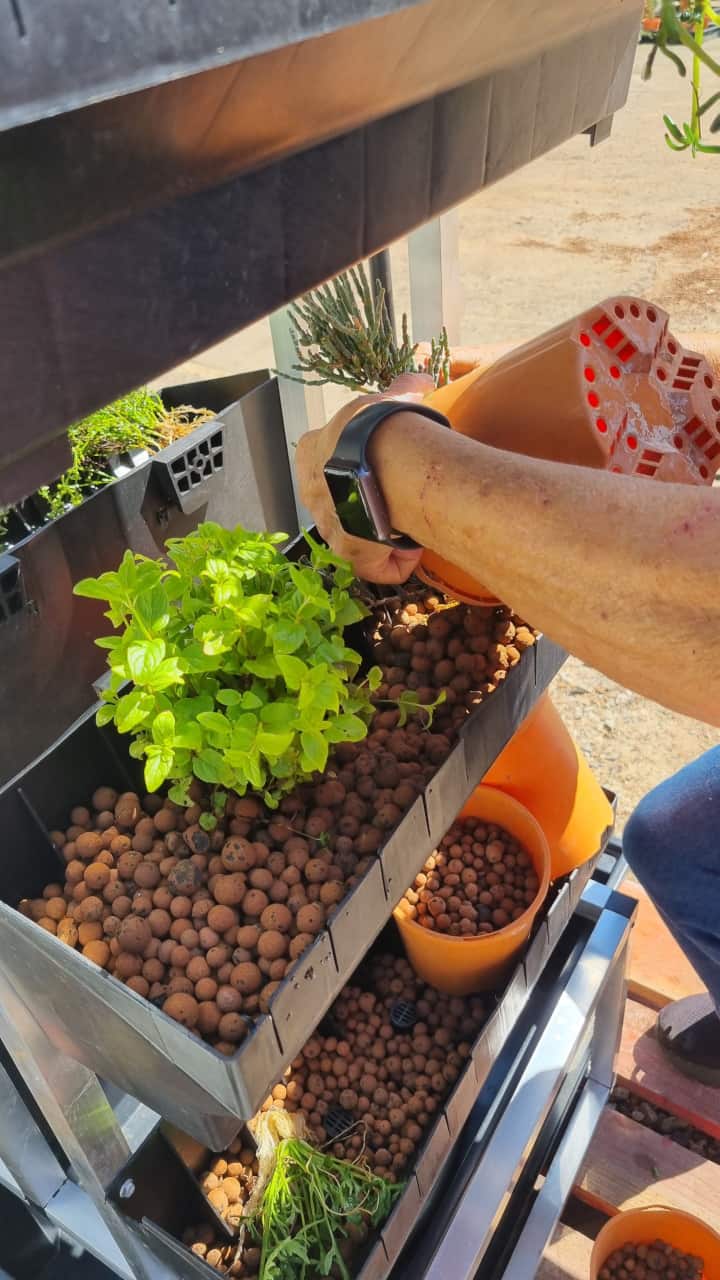
Recirculating systems work by continually pumping and recycling water through the system, allowing nutrients to flow over the plant roots. These setups come in many different shapes and sizes, from horizontal tabletop styles (eg. Hydroponic Xpress NFT Kit) to vertical wall-mounted and free-standing styles (eg. Hydroponic Xpress Pineapple Tower Kit).
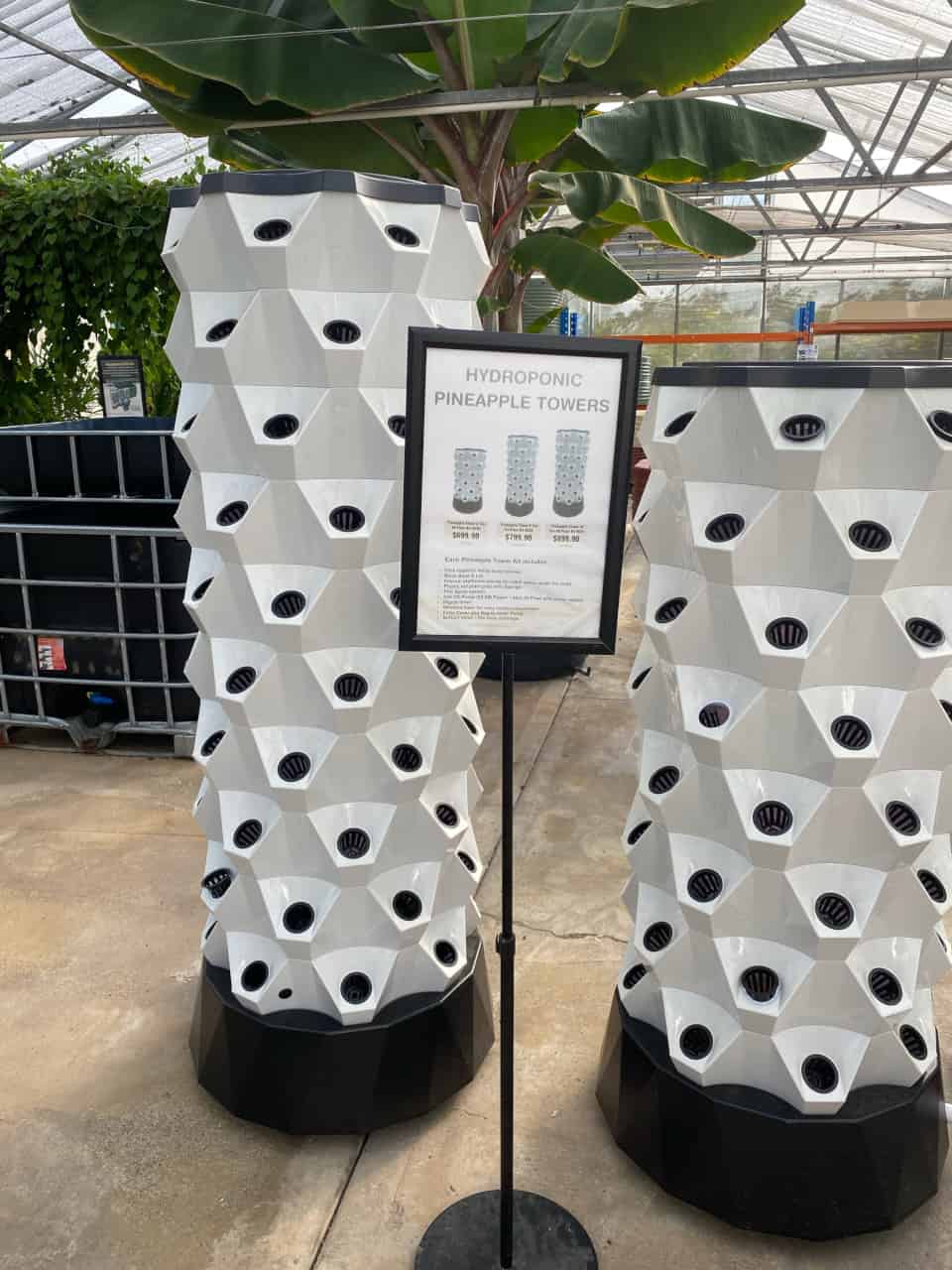
Though larger setups tend to be more expensive, they can hold more plants and varieties all at once, which may translate to longer-term savings on fresh produce.
Pros:
- High yield
- Accommodates more plants in same space
- Accommodates greater variety of plants
- Greater self-sufficiency for homegrown produce
Cons:
- Needs power supply
- Needs more space
- High initial cost
- More effort to set up and maintain
Tips for helping your hydroponic garden thrive
Start with a small setup. This gives you the opportunity to learn without overwhelming you too early and putting a larger crop at risk if you decide hydroponics is not for you. You can always upgrade your system later.
Pick a perfect spot and stick with it. That is, avoid moving your hydroponic system when you don’t have to. The more you move your system, the more chances of spills and breakages, particularly with larger setups. For a simpler hydroponics experience, pick a perfect spot and stick to it at least until your plants are ready for harvest.
Use the right lighting and nutrient ratios for your plants. Although edible plants can tolerate a range of growing conditions, you’ll get better results in yield, flavour and quality from giving your plants the conditions they prefer. Fortunately, just about all of the bushfoods we’ve highlighted for hydroponic growing share similar needs and preferences when grown hydroponically.
Wash any new plants before adding them to your hydroponic garden. Not only will it prevent unwanted soil and dirt from entering your system, it also reduces the likelihood of introducing unwanted pests and diseases like scale, fungus, and leaf-eating bugs.
Learn to check for vital signs. This generally means learning how to use a pH test kit; how to take water temperature; and how to tell when your plants are suffering from overfeeding, underfeeding, pests or diseases (hint: watch out for anything turning yellow, brown, wilted, sticky, or mushy when it’s not supposed to). Problems can escalate quickly in a closed and densely packed system, so developing a sense for early symptoms could save an entire crop.
References
- Bulla, A. (2022, April 7). Different Types Of Hydroponic Grow Mediums (Which Is The Best). Gardening Chores. Retrieved October 2, 2023, from https://www.gardeningchores.com/hydroponic-growing-medium/
- Callaghan, K. C. (2013). The Hydroponic Garden: Growing Without Soil. K C Callaghan.
- Miller, L. (2023, January 24). Hydroponic Mason Jar Garden – Growing Hydroponic Plants In A Jar. Gardening Know How. Retrieved October 2, 2023, from https://www.gardeningknowhow.com/special/containers/hydroponic-jar-garden.htm
- Tucek, M. (2022). Bushfood for Beginners: Start Your Bushfood Journey In Your Own Backyard. Tucker Bush.



